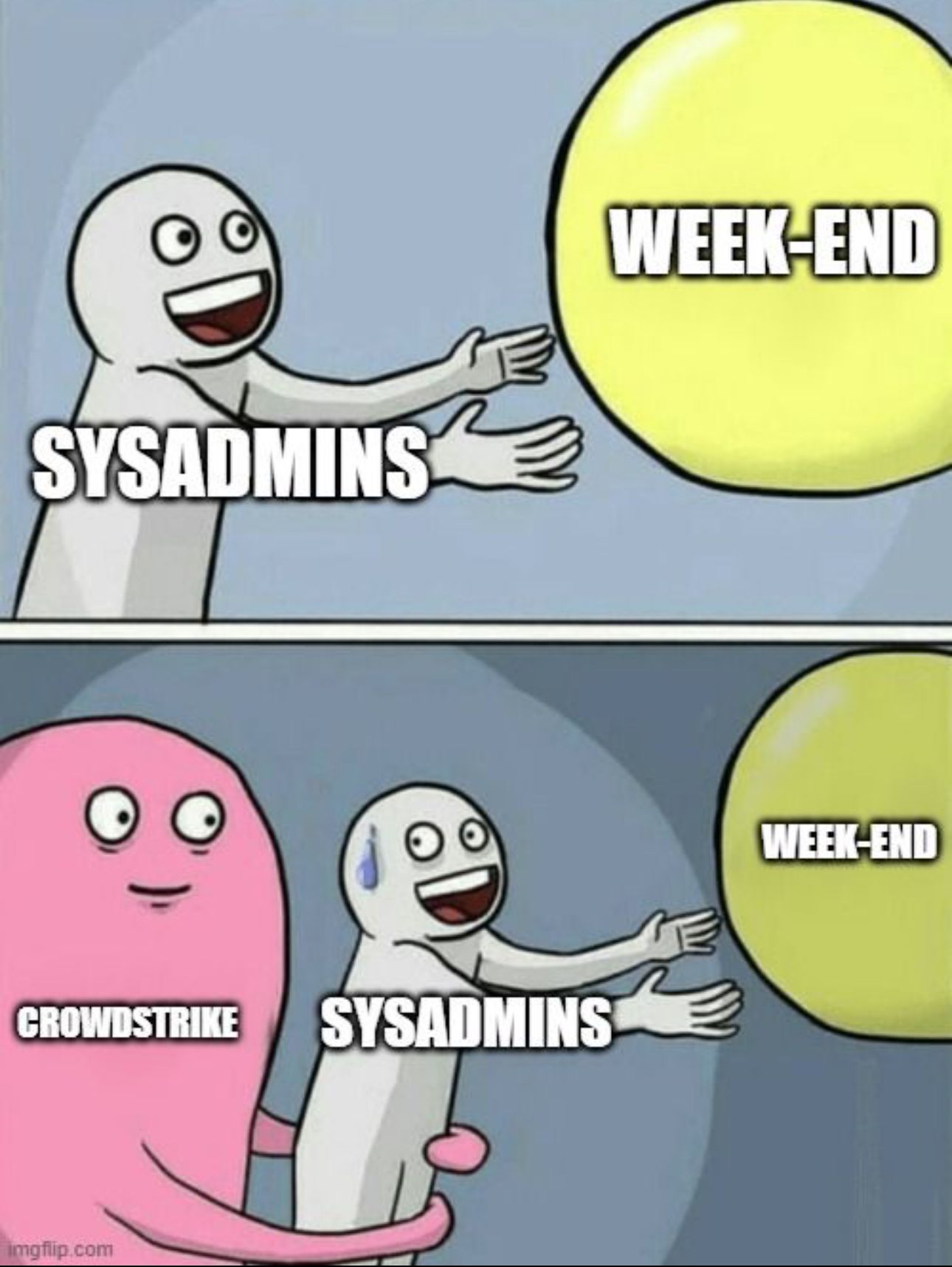
In a significant cybersecurity incident, a CrowdStrike update caused widespread disruptions, affecting numerous systems globally. Initially, it appeared that only Windows 10 machines were impacted, but it has since been confirmed that the problem extended beyond this operating system. This incident raises critical questions about the decisions and practices that left systems so vulnerable to a third-party software update, leading to widespread Blue Screens of Death (BSOD).
## The Incident
On [specific date], CrowdStrike, a leading cybersecurity company, released an update that inadvertently caused widespread system failures. Reports quickly emerged from various regions, indicating that the update led to BSODs on numerous machines. Although the initial focus was on Windows 10 systems, further investigation revealed that other versions of Windows were also affected.
CrowdStrike’s Role
CrowdStrike’s update contained a flaw that triggered the BSODs. The company’s rapid response included rolling back the problematic update and issuing patches to mitigate the damage. However, the incident highlighted potential weaknesses in their testing and deployment processes.
1. *Update Mechanism*: The update process should have included more rigorous testing across various system configurations to prevent such widespread failures.
2. *Response Time*: While CrowdStrike acted swiftly to address the issue, the initial damage was already significant, demonstrating the need for faster detection and rollback mechanisms.

Microsoft’s Responsibility
Microsoft, as the developer of the Windows operating system, also bears some responsibility for this incident. The company has the ability to implement safeguards that limit the impact of third-party software malfunctions.
Third-Party Software Management*: Microsoft could improve how Windows handles third-party software updates, ensuring that potential issues are contained before they cause widespread system failures.
Built-in Protections*: Enhancing built-in protections against such incidents could involve more stringent vetting processes for updates and better isolation of critical system components from third-party software.
The Broader Implications
This incident underscores the interconnected nature of modern cybersecurity ecosystems. The failure of a single component, such as a third-party update, can have cascading effects across global systems. It highlights the need for:
Greater collaboration between software developers and third-party vendors to ensure updates are thoroughly tested and vetted.
Implementation of more robust safeguards within operating systems to limit the impact of faulty updates.
Adoption of proactive measures, such as automated rollback features and real-time monitoring, to quickly identify and mitigate issues.
The CrowdStrike outage serves as a stark reminder of the vulnerabilities inherent in our digital infrastructure. While the primary fault lies with CrowdStrike, Microsoft’s role in managing third-party software impacts cannot be overlooked. Both companies, and indeed the broader tech industry, must take this incident as a lesson to improve testing, response mechanisms, and collaborative efforts to safeguard the global digital ecosystem.
Moving forward, it is imperative that both CrowdStrike and Microsoft, along with other tech giants, enhance their internal decision-making and security practices. Only through collective effort and rigorous standards can we hope to prevent similar incidents in the future.

